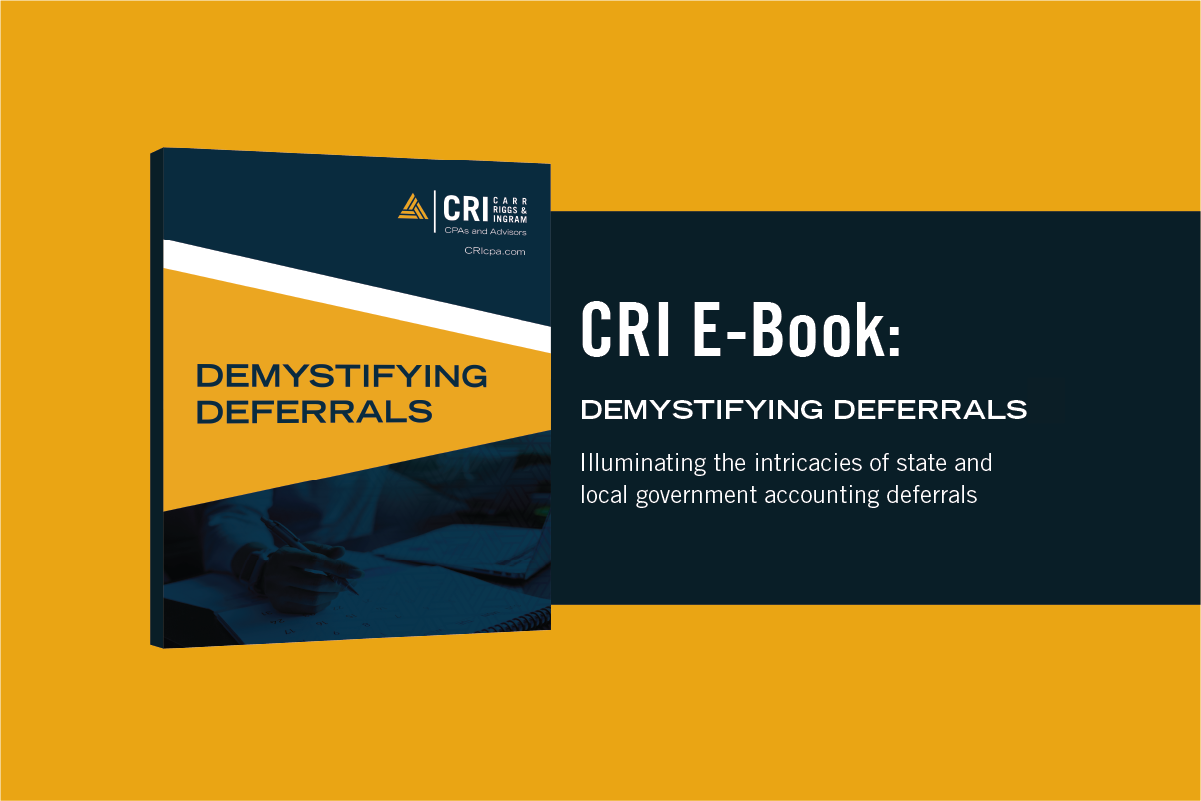Understanding the Nuances: Traditional Non-Profits vs. Private Foundations
- Contributor
- Mac Smith
Jun 3, 2024
Non-profit organizations play a crucial role in addressing societal needs and driving positive change. Within the realm of non-profits, two common structures are traditional non-profits and private foundations. While both aim to make a positive impact, they differ significantly in their structures, funding sources, and operational approaches. Let's delve into the fundamental differences between traditional non-profits and private foundations, shedding light on their distinct roles in championing societal progress.
Traditional Non-Profit Organizations
Traditional non-profit organizations are at the forefront of societal advancement, tackling a broad array of causes, from advancing education and healthcare to protecting the environment. Driven by their missions, these organizations are crafted to catalyze social improvement and uplift the quality of life. Key traits among these entities include:
- Mission and Purpose:
- Traditional non-profits are often formed to address a specific societal issue or cause, ranging from education and healthcare to environmental conservation.
- Their missions are usually broad and can encompass a wide range of activities related to their chosen cause.
- Diverse Financial Support:
- Traditional non-profits rely on diverse funding streams, including grants, donations from individuals, corporate sponsorships, and fundraising events.
- They actively engage in community outreach to garner support from a broad base of donors.
- Governance and Structure:
- Traditional non-profits are governed by a board of directors responsible for strategic decision-making.
- Their structures emphasize community involvement and may include volunteers, staff, and various committees working towards the organization's mission.
- Operational Focus:
- The focus of traditional non-profits is often on direct service provision, community engagement, and advocacy.
- They typically work on the front lines, implementing programs and initiatives to address immediate needs within their communities.
- Taxation:
- Traditional non-profits are not generally subject to income tax except on business income that is unrelated to their exempt purpose (Unrelated Business Taxable Income).
- Subject to excise taxes on prohibited activities. (Self-Dealing, Excessive Executive Compensation, etc…)
Private Foundations:
Like their counterparts in the non-profit sector, private foundations are integral to the fabric of philanthropy, yet they stand out with their targeted missions and distinctive funding mechanisms. Key features of private foundations include:
- Mission and Purpose:
- Private foundations are established by individuals, families, or corporations with a specific mission or cause they want to support.
- Their missions can be narrow, concentrating on particular issues or target populations.
- Funding Sources:
- Private foundations are funded by a single source or a small group of donors who provide a substantial endowment.
- They operate off the interest and investment returns generated by their endowment rather than actively seeking ongoing donations.
- Governance and Structure:
- Private foundations have boards of trustees or directors responsible for overseeing the foundation's activities.
- The governance structure is often closely tied to the founding family or individuals who established the foundation.
- Operational Focus:
- Unlike traditional non-profits, private foundations typically do not engage directly in service provision.
- Their primary role is to provide grants and funding to other non-profits, initiatives, or research efforts aligned with their mission.
- Taxation:
- Private foundations pay 1.39% tax on investment income, as well as tax on business income that is unrelated to their exempt purpose (Unrelated Business Taxable Income).
- Subject to excise taxes on prohibited activities. (Self-Dealing, Excessive Executive Compensation, etc…)
When it comes to philanthropy, both traditional non-profits and private foundations are driven by the noble aim of contributing positively to society. Yet, their distinct operational styles, funding methods, and organizational frameworks distinguish them from one another. Understanding these differences is crucial for donors, volunteers, and those seeking support to effectively navigate and engage with these distinct entities in the philanthropic landscape. To better understand how these differences might influence your involvement, reach out to your CRI advisor. We're here to provide clarity and guidance to ensure your efforts align with your philanthropic goals and that your contributions make the greatest impact.

































































































































































































































































































































































































































































































































